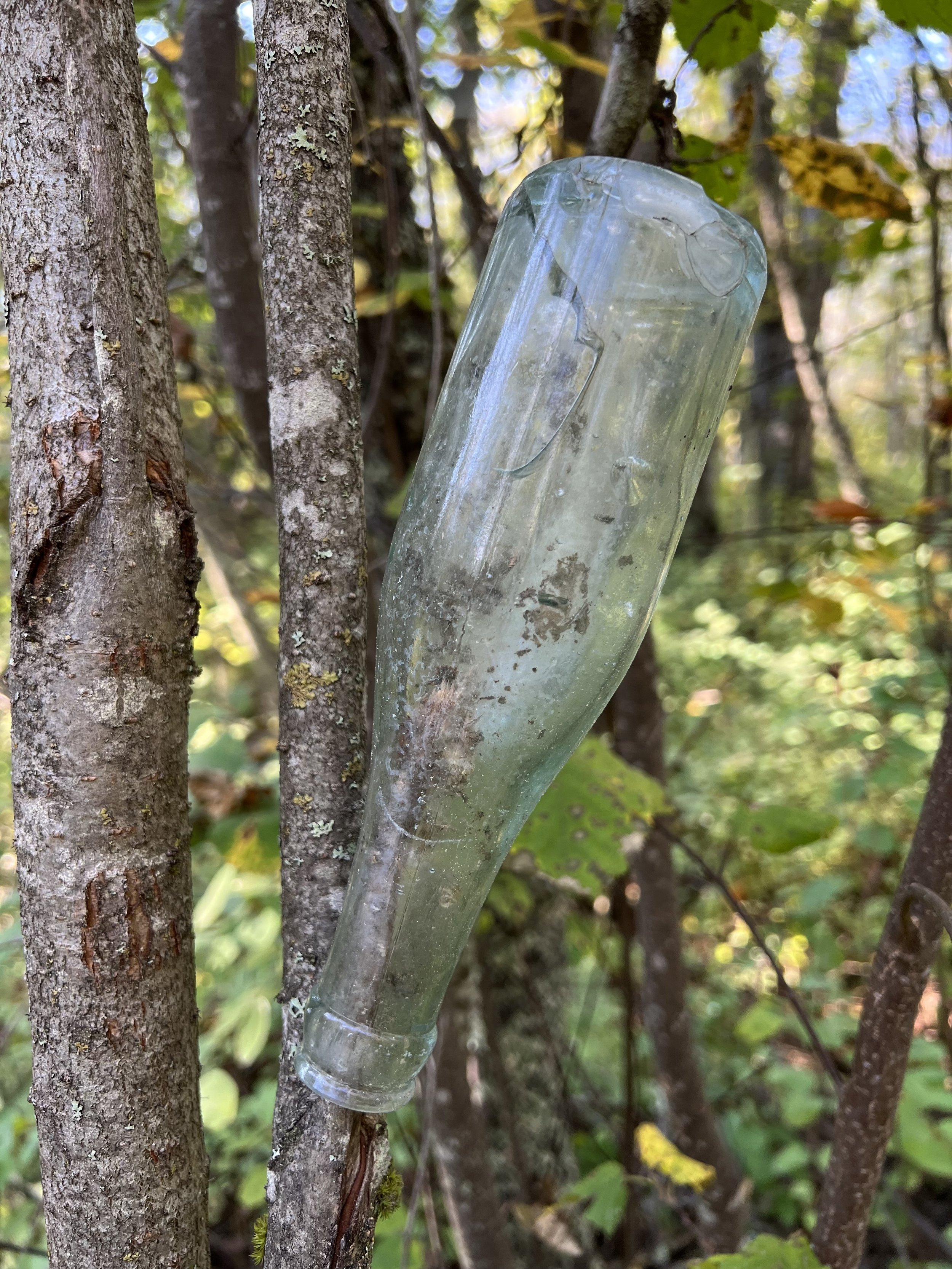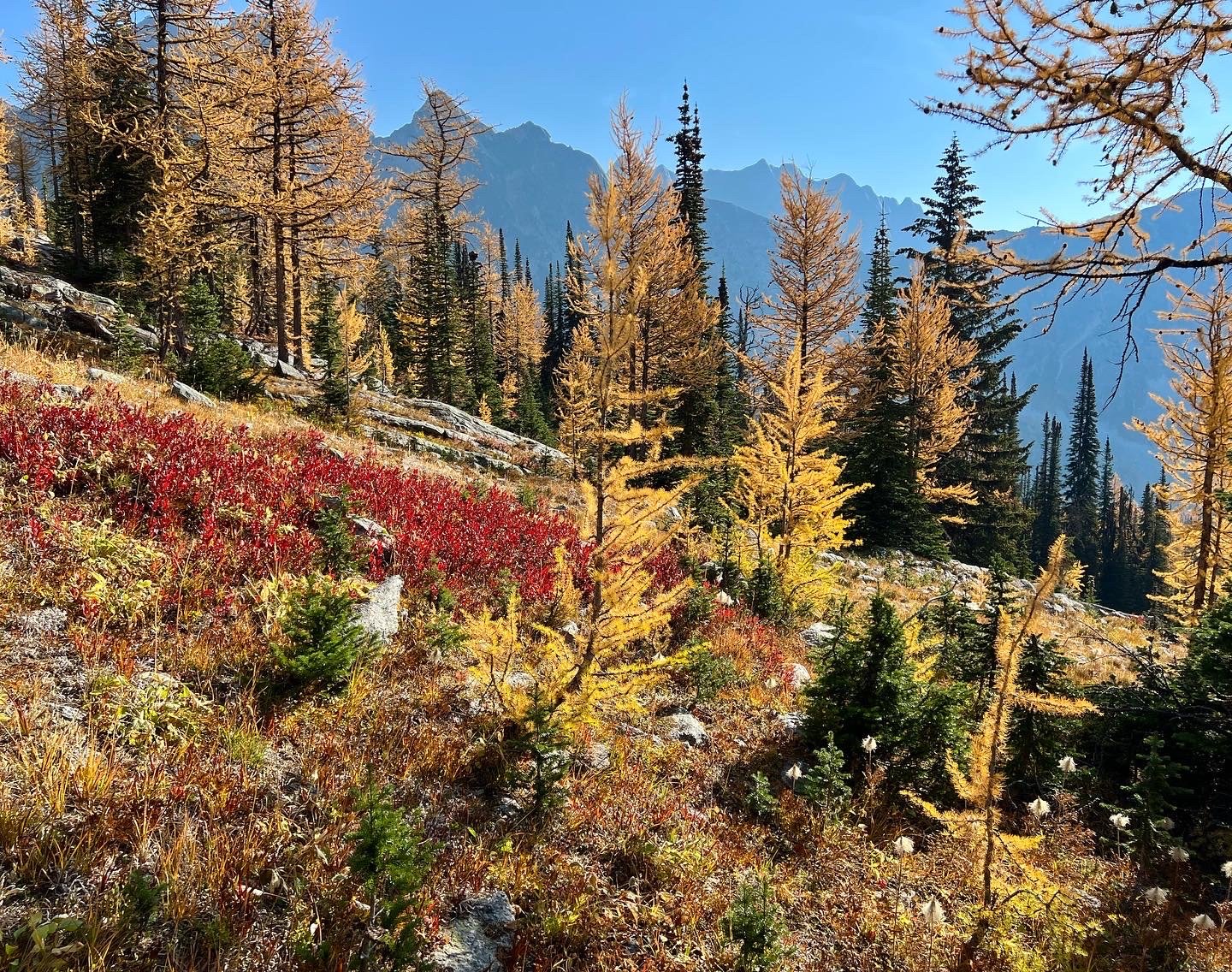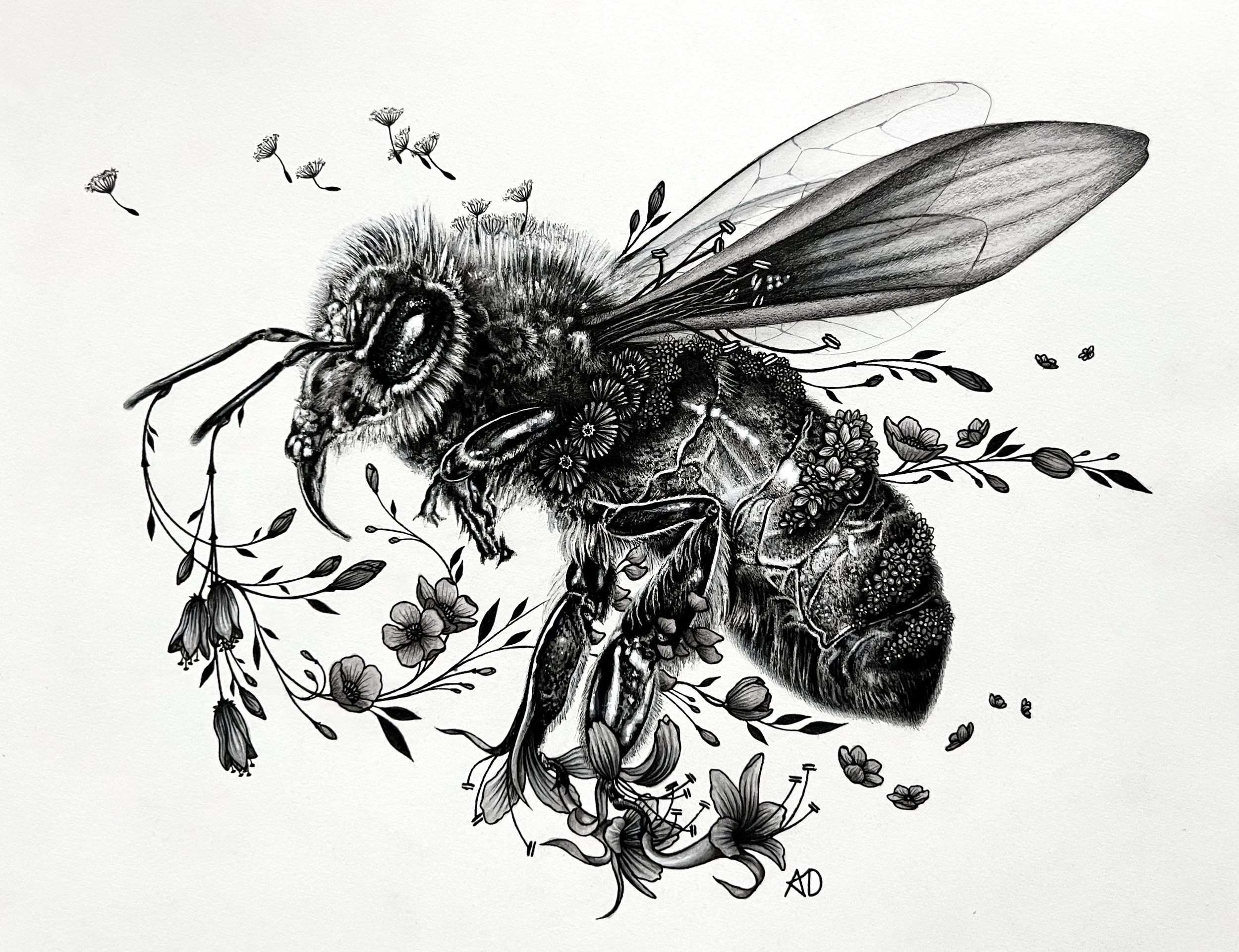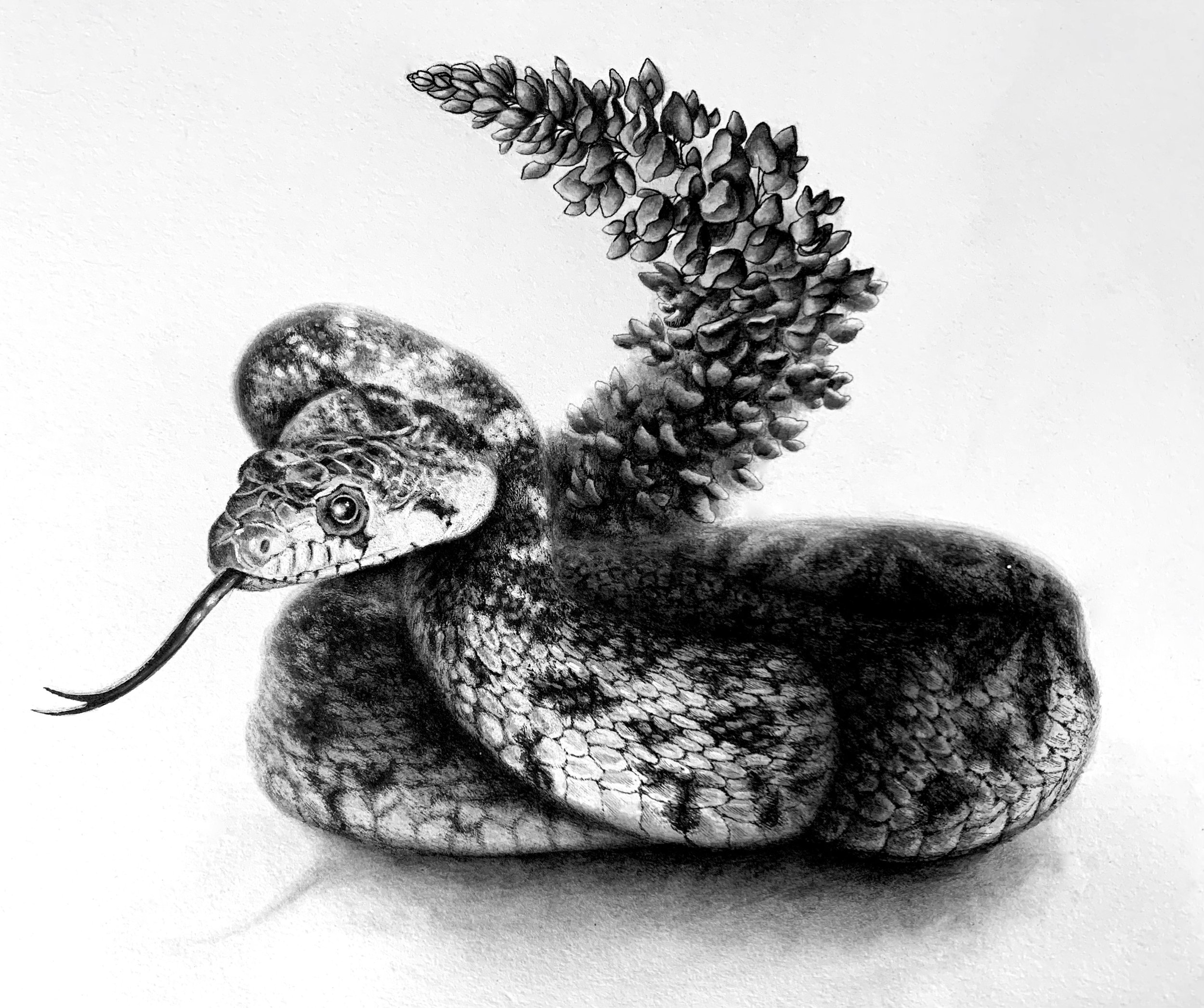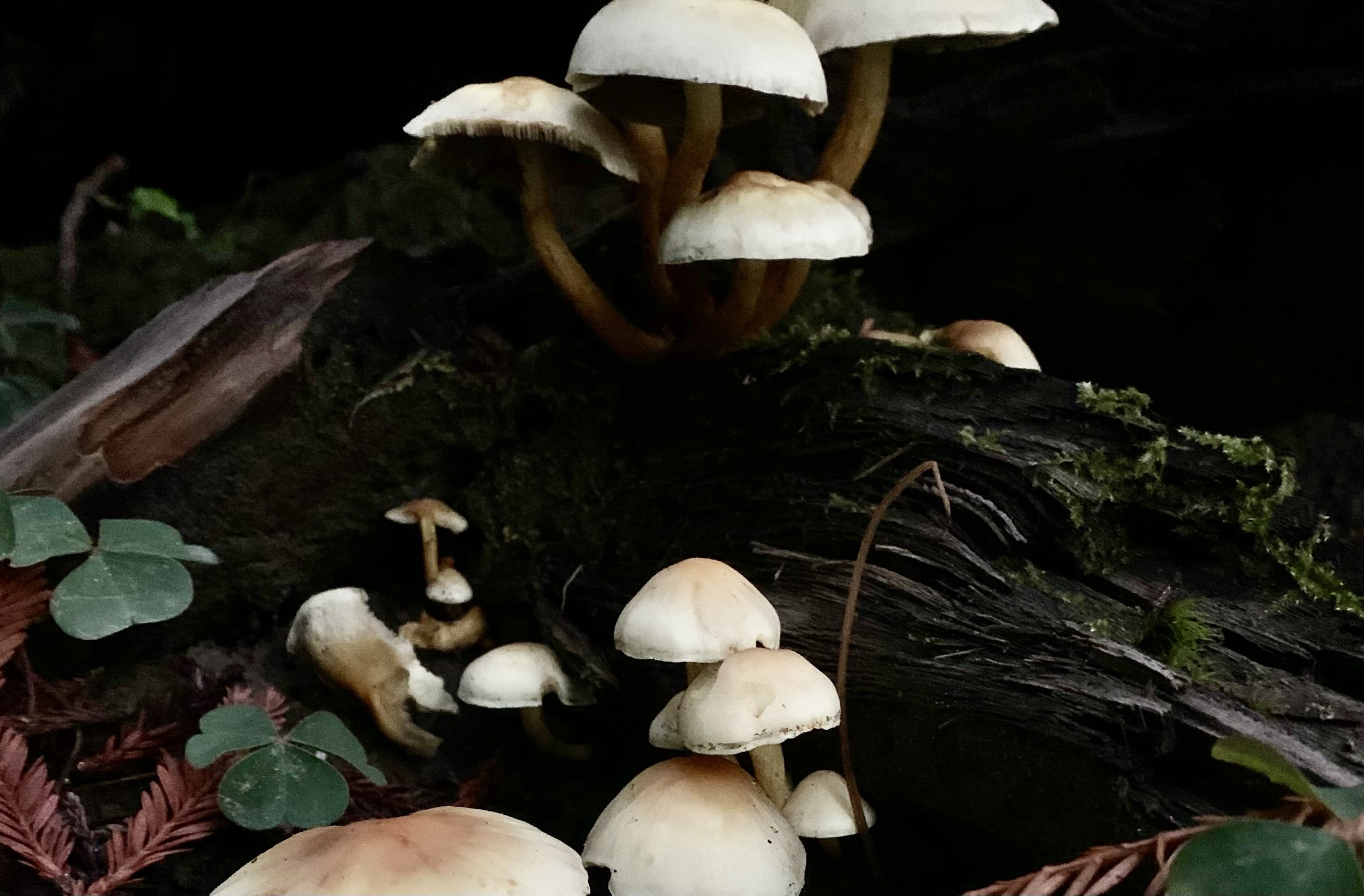
The Sierras - Khao Sok - British Columbia - Mindo
FOREST
I love animals, but not just because they’re cute or neat. I love animals because of how deeply connected to nature they are. While we’re building concrete jungles to escape the natural world, animals are, and always have been, living in tandem with their environments.
I deeply respect and admire indigenous cultures for their ways of living harmoniously and symbiotically with their natural world. Yet animals take it even a step further. They show us how to adapt and overcome adverse conditions and situations, how to make the most of their environment, and how to contribute to the ecological sphere they’re a part of.
Wildlife is the ultimate example of living not only with nature, but as an integral part of it. They’re not only inspiring role models; they’re also indicators of their environments that we should be paying close attention to. Learning about animals and how they exist in their environments is essential to understanding our natural world and the many facets of the crisis it’s currently facing.
I’ve noticed one thing that all my residencies have in common. At every residency I’ve been to, there’s a collection. Not of art, but of found natural treasures. Pinecones, rocks, shells… every artist has found one or many treasures and left it for others to enjoy. In the studio in Skagaströnd, Iceland, there’s a shelf full of beautiful seashells. In an artist’s cabin in British Columbia, there are vases full of turkey feathers.
This commonality struck me as I added to the feather vase. It may seem like a meaningless thing to do, but it isn’t. The moment you find a natural treasure is a story. Trudging through the ferns, catching a glimpse of stripes, excitedly brushing away leaves and lifting a beautiful barred feather to the light… it’s a story, and one of awe and wonder and joyful excitement.
When we share these treasures with others by leaving them behind, we’re sharing bits of stories and moments. But also, these items have stories of their own. What kind of crab has lived in that shell? How many storms has that pinecone weathered? What stories has the bird that feather came from experienced?
We are stories, the moment of finding is a story, the found treasure has a story of its own. Spending time with these treasures and contemplating their stories is not only a creative exercise; it also allows me to appreciate the natural world and life around me and become more immersed in it. You never know what stories are unfolding around you, but if you’re willing to be still for a moment and imagine, you’ll come to a deeper appreciation, understanding, and respect.
Unfortunately one of the things that’s most easily found in nature is trash. When I hike I always bring a trash bag to pick up any trash I see, and I almost always fill it. People who litter know what they’re doing, but they probably don’t think about the effect their trash has on wildlife.
If I can mistake a balled up tissue for a mushroom, so can a deer. Endangered leatherback turtles eat plastic bags because in the water, the bags look like jellyfish, their main food source. I have seen a seagull wearing a beer can around it’s neck like a collar in San Francisco.
Leaving your empty bottle on a branch seems like a silly and even pretty way to leave your mark, but what if the branch breaks and the bottle falls on a chipmunk? What if the bottle is broken and the glass slices a bear’s paw, and that cut gets infected? What if a woodpecker, dutifully going tree to tree and pecking all the branches, and used to soft wood, pecks a hard glass bottle?
When I saw the bottle on the branch while out hiking in the Kootenays, I didn’t care about how long it’d been there, or what its story was. I cared about what its story could be. Which is why I took it.
The next day I spent about an hour watching a beautiful Canadian Downy woodpecker methodically tap-tapping it’s way down branches. I couldn’t help but imagine him tapping on a glass bottle and injuring himself.
Sometimes people need a visual aid to understand why something is important, or even something to contemplate. I never thought, in all my outdoor adventuring, that I would be inspired by trash, but sometimes art is about what’s important, not only what’s beautiful.
In a world of quick scrolling and instant gratification, I hide tiny details in my drawings to remind people to slow down and really look. So many people go through life in a rush, and even when they’re intentionally outside in nature they forget to stop and really look at what’s around them.
They miss wildflowers, little critters; I’ve watched wide-eyed as a fellow hiker stormed past the most beautiful giant orange mushroom I’ve ever seen, eyes forward, face grim. I’ve watched tourists at the Louvre snap a photo of the Mona Lisa and hurry away without ever actually seeing the painting. I’ve had to physically turn people towards sunsets or nearby elk, I’ve found myself saying over and over look, look, LOOK.
“Journey over destination”, “be here now”… cliché, sure, but both basically saying pay attention. Open your eyes, be where you are. There is beauty all around you, no matter where you are.
Honeybee
I spent a week on a honeybee farm in Germany, watching bees buzz by and appreciating everything they do for us. Bees are incredibly essential to not only our lives, but to the planet as a whole. Not only are they responsible for the pollination of 1/3 of our food supply, they also help provide ½ of the world’s fibers, oils, and other raw materials, help create many medicines, pollinate plants essential to many ecosystems, and even help prevent soil erosion.
Contrary to popular belief, the highly-managed honeybee is not currently endangered. However, 40% of the worlds bee species are vulnerable to extinction, with 11 species critically endangered like the rusty-patched bumblebee and the Hawaiian yellow-faced bee. Most wild bees don’t swarm, live in hives, or make honey, but are just as essential as the popular honeybee. Habitat loss and pesticide use are contributing factors, as well as unpredictable weather patterns caused by the climate crisis.
Iridophores are usually referenced in relation to color-changing animals like squids and chameleons, whose iridophores are underneath the chromatophores that control pigment, and are dynamic cells under the conscious control of the animal. But they can be found elsewhere, if you know where to look for them! On some snakes, iridophores are layers of crystal-like cells that gloss over their scales like a varnish. Light gets refracted between the crystal layers, creating an iridescent rainbow effect. It is theorized that the purpose of iridescence on snakes is mainly communication. Iridescent flashes are distinct and directional, and highly effective for signaling both potential mates and unwanted predators.
Messenger
The common raven is a fascinating and highly underrated bird. They’re beautiful, but also extremely intelligent. Their brains are relatively large for their size, and they’ve been known to craft and use tools, plan for the future, barter, play games like hide and seek, and mimic human voices as well as man made sounds like an engine starting.
A group of ravens is called an “unkindness” (maybe because they’re so tricksy), but they do have friends…as well as enemies. They remember faces and have episodic memories- they remember human faces and characteristics in association with an emotion or event. They also remember being cheated or conned, and have been known to hold grudges for up to a month!
Ravens are very worldly birds, and can (and do) live pretty much anywhere. Their populations are exploding, and they’ve found ways to adapt to and take advantage of encroaching human environments. But they’re one of the few rare species that has.
Ravens are everywhere, and witness to everything; every effect of climate change and act of environmental destruction. This drawing, titled “Messenger” conveys a raven as the communicator between humans and nature. The vintage pocket watch, nearly at 00:00, is a message that we are nearly out of time, with a red ribbon marking it as urgent. While ravens themselves may not be currently endangered, they still rely on us the conserve and protect their natural world.






